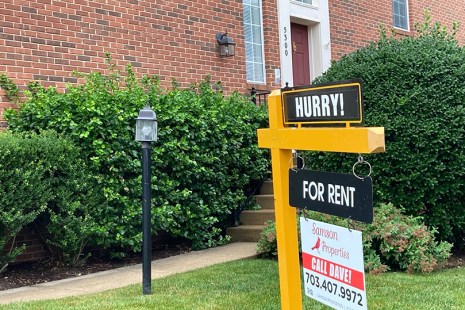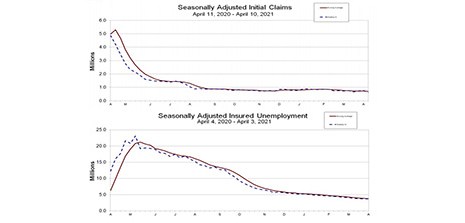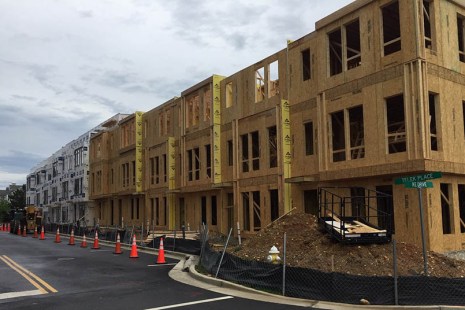Between stay-at-home orders, historical levels of refinance activity and the big increase in forbearance requests, mortgage originators and servicers spent the past year continually creating and re-creating ways to get things done. Here’s some of the things we saw.
Category: News and Trends

Hassan Rashid: From Promise to Reality: Achieve Digital Transformation with Automation
The financial services industry as a whole continues to evolve at a rapid pace, driven by customer expectations, advancements in technology, and heightened competition from incumbents and new entrants. Lenders that seize this opportunity will not only survive, but ultimately thrive well into the future. In contrast, lenders content on simply surviving, taking more of a “wait-and-see” approach, may quickly become irrelevant.

Quote
“The biggest challenge facing the housing market right now is the lack of supply. This news of more new inventory on the way is very positive. Although we do not expect a rapid cooling in the pace of home-price growth, there should be some deceleration over the course of 2021 as these additional units enter the market.”
–Mike Fratantoni, Chief Economist with the Mortgage Bankers Association.

Bob Mansur, CMB, AMP: Are Your LOs Behaving the Way You Expect?
The first article of this series addressed the use of behavioral activities as enabling goals. Their purpose: to help LOs who were struggling to reach the production goals to which you and they had agreed. This follow-up piece looks at management’s additional actions to consistently communicate about those observable activity goals.

Nick Volpe: A Brief History of Defects; Q3 2020’s Loan Quality Performance Sets Stage for Areas of Concern in 2021
Given the necessary delay that must precede the analysis of post-closing data, it is easy to forget the significance of these findings. However, mistakes made in the past often do not remain so, especially when those mistakes go unaddressed. Thus, lenders have a great deal to learn from their post-closing quality control analyses, even more so given the market disruptions and macroeconomic impact of COVID-19.

Rob Wilson: Relationships Need to be Transformational, Not Transactional
The mortgage business is inherently transactional and cyclical, with ever-changing rates, high-highs and low-lows, and this trend is not expected to change any time soon. The circumstances due to the pandemic mirror those of the economic downturn in 2008, and in both situations, it was crucial to have formed two-way partnerships with others in the industry who had a vested interest in mutual success and propelling both businesses forward.

MBA, Industry Groups Urge Use of American Rescue Plan Funds for Renters, Small Businesses
The Mortgage Bankers Association led more than two dozen other industry groups in an Apr. 15 letter to state and local policy associations, urging them to allocate available American Rescue Plan federal funds to assist renters, consumer-facing small businesses and impacted industries that are having trouble paying rents, mortgages or remaining viable enterprises due to the COVID-19 pandemic.

Hassan Rashid: From Promise to Reality: Achieve Digital Transformation with Automation
The financial services industry as a whole continues to evolve at a rapid pace, driven by customer expectations, advancements in technology, and heightened competition from incumbents and new entrants. Lenders that seize this opportunity will not only survive, but ultimately thrive well into the future. In contrast, lenders content on simply surviving, taking more of a “wait-and-see” approach, may quickly become irrelevant.

Initial Claims Fall by Nearly 200,000
Initial claims for unemployment insurance fell sharply last week to its lowest level since March 2020, the Labor Department reported yesterday.

Builder Confidence Edges Up as Strong Demand Offsets Supply-Side Challenges
The National Association of Home Builders said strong buyer demand pushed builder confidence up in April, even as builders continued to grapple with rising lumber prices and supply chain issues and consumers faced higher home prices due to a lack inventory.
